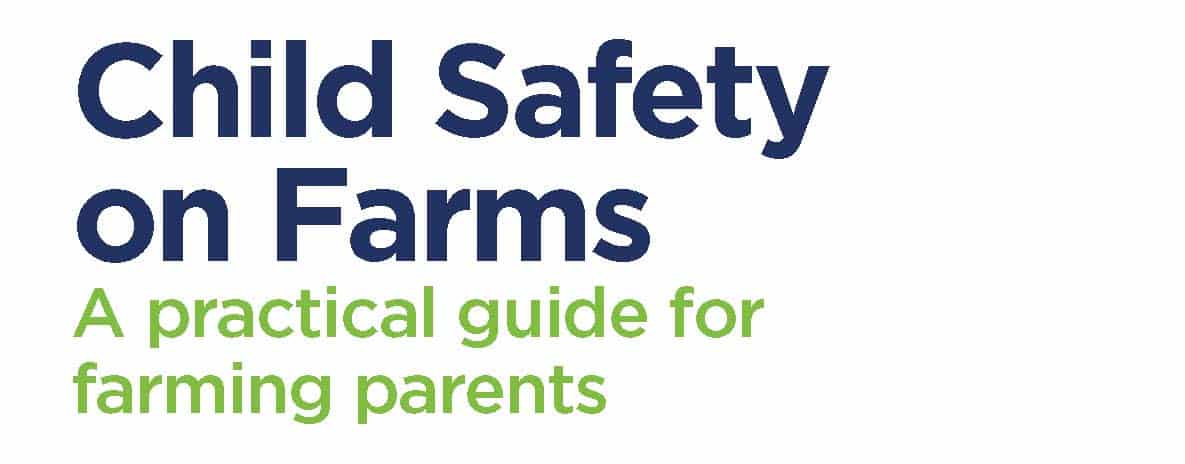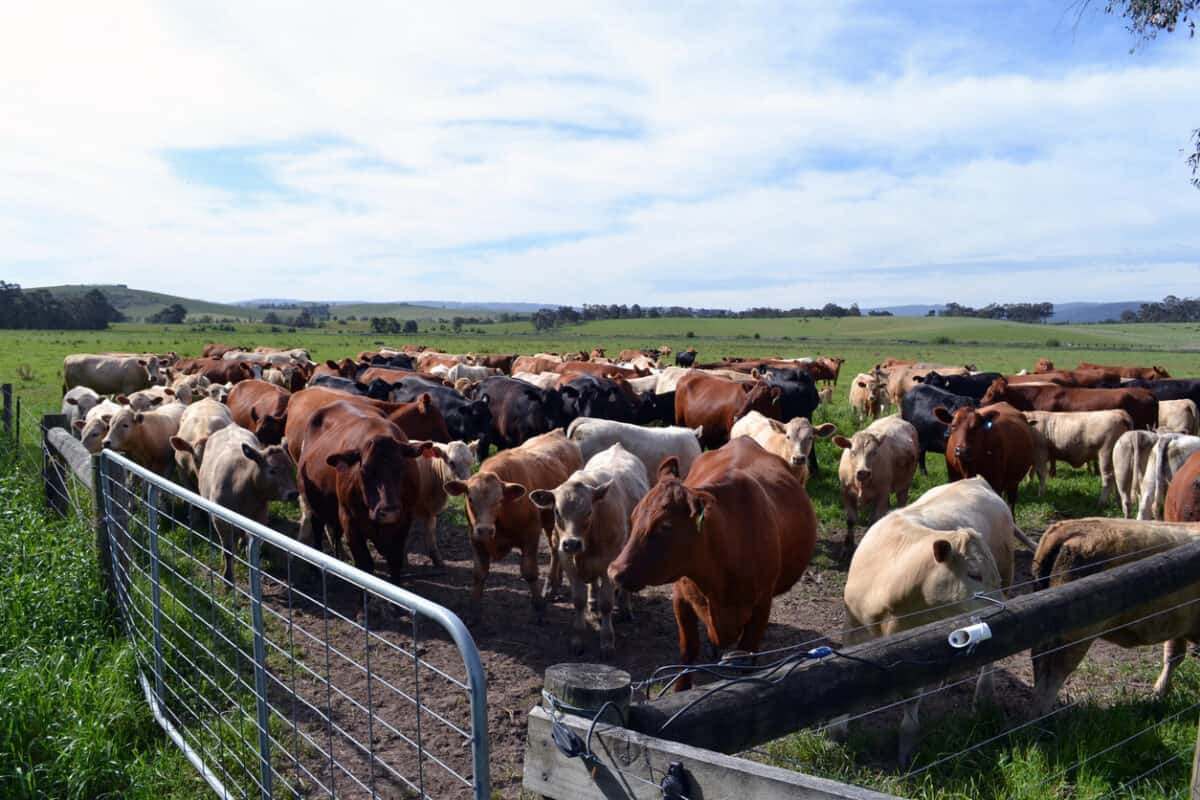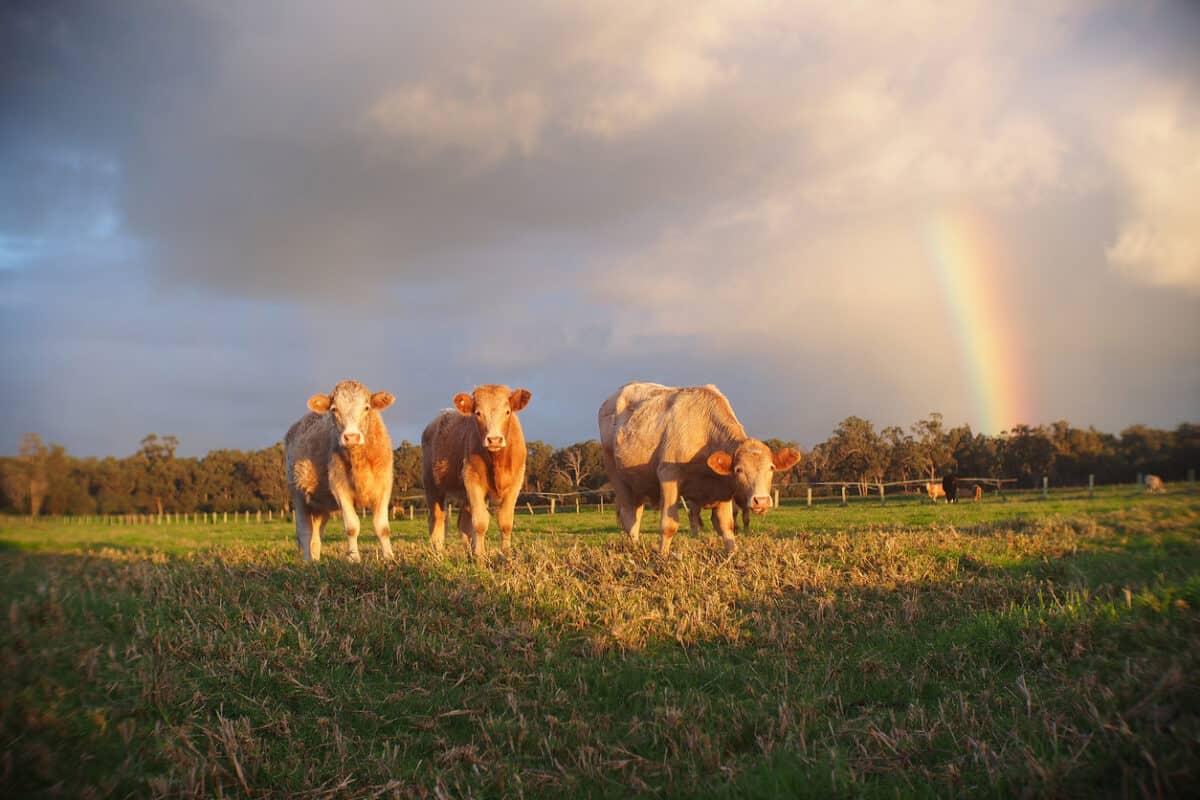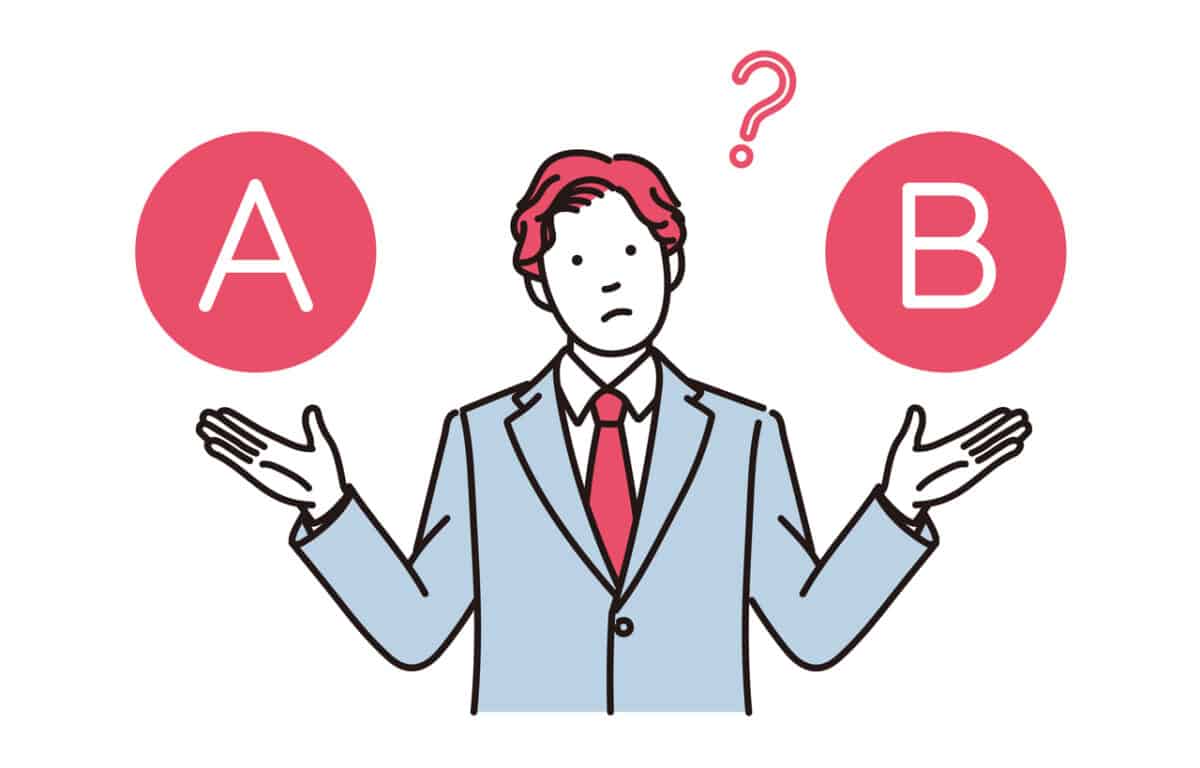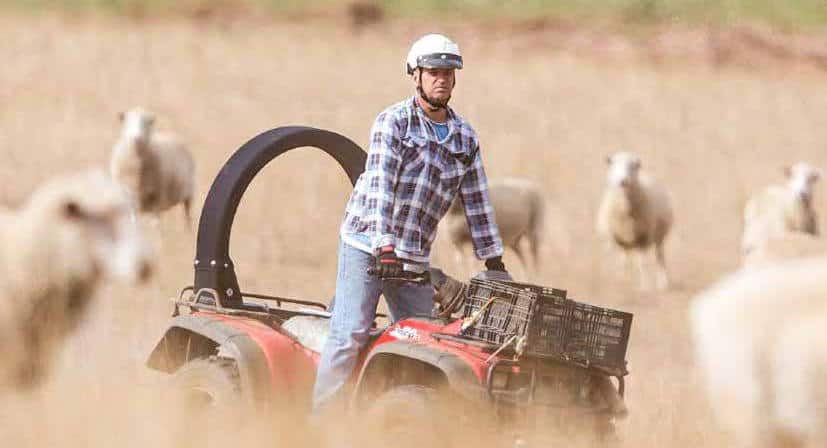The start of School Holidays is always a good time to issue reminders of the risks associated with farms, beaches and wherever holidaymakers go. The Victorian Farmers Federation (VFF), recently reinvigorated in its occupational health and safety (OHS) efforts, has released a new safety booklet – “Child Safety on Farms – A practical guide for farming parents“. However, the coverage of this guide by the ABC is a little loose.
Category: agriculture
Why are farms becoming safer?
It is Farm Safety Week in Australia. These types of events are intended to raise awareness of specific issues. The biggest problem with these events is that solutions are rarely presented; it is assumed that raising awareness is sufficient. This is hard to justify in agriculture, where many of the smaller and high-risk farms have been run by families for many years and often generations. As a result, most people living in the country know of someone widowed after a workplace incident or of someone like the one-armed tennis player or lawn bowler who lost an arm in an unguarded Power Take-Off.
At some point, the strategy must move from raising awareness to providing solutions.
“the job is never done”
Every so often, there are sufficient numbers of workplace deaths and injuries that a government feels the need to act. In 2019, the Queensland government closed down its mining sector for a “safety reset”, which required every mine worker to be retrained in occupational health and safety (OHS). Recently Western Australia needed to act on deaths in its farming sector and has established an inquiry into the issues.
Farming is perhaps the hardest industry in which to affect change. It is dominated by male workers and farmers. It has next to no union presence. OHS inspectors rarely attend farms except after a severe injury or death.
“no choice” = BS
Occupational health and safety (OHS) laws are increasingly applying to non-occupational situations. This “responsibility creep” may be part of the reason that public members are complaining about unfair restrictions on what they can do, on their choices, on the way they have done things for years. Many claim that they have no choice to do what they do, that the choice has been taken away from them, but there is always a choice, even if the consequences are uncomfortable.
The misrepresentation of OHS rules and obligations in the United Kingdom media led to a myth-busting program run by that country’s Health and Safety Executive. In many ways, the UK media was being mischievous by exploiting and exacerbating misunderstandings of OHS duties, but it had a significant cultural impact that lives on today. Traditionally OHS duties were easier to understand when they were contained in a workplace (or were seen to only apply to workplaces); when they jumped the fence, the social rules changed.
Quad bikes, compliance, mandates, misdirection and rules
Last week it became illegal for a new or second-hand quad bike to be sold in Australia without a crush protection device (CPD) fitted at the point of sale. This achievement has been decades in coming and has involved bitter fighting between advocates of safety and the sellers and manufacturers of this equipment.
This blog has followed this controversy for years. Quad bike safety is a significant illustration of the political and commercial pressures that have argued for a lowered level of safety than was possible. This conflict is perhaps the most public display of a moral conflict whose resolution is at the heart of occupational health and safety (OHS). (This controversy deserves a book similar to those about glyphosate and asbestos)
More OHS information on Midfield Meats
Recently The Monthly magazine took a close look at the labour practices of Midfield Meats (paywalled), a major Warrnambool company and meat exporter that had been, yet again, successfully prosecuted by WorkSafe Victoria. There are workplace safety elements to The Monthly’s story that were not as prominent as other issues and there were some questions for companies and governments that have supported Midfield in the past.
Twelve months of work-related deaths
In 2008, prominent occupational health and safety (OHS) advocate, Hilda Palmer wrote about the inadequate estimates of work-related deaths in the United Kingdom. Keeping work-related death confined to traditional categories provides a false understanding of the reality of OHS. Palmer wrote:
“Far from being complacent about the health and safety record in this country, we need to be honest and open, and examine what is really going on”.
Recently, at the 2021 Workers Memorial, a representative of the Victorian Trades Hall read out a list of those who have died at, or due to, work in the last 12 months. It was a list of 47 people. The categories have expanded to include truck incidents, asbestosis, silicosis as well as the more traditional traumatic injuries. Curiously no suicides. A transcripted list of those 47 is below.
Continue reading “Twelve months of work-related deaths”
